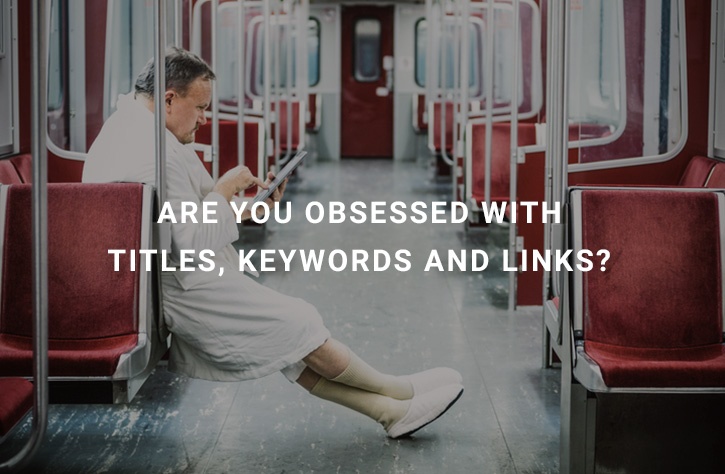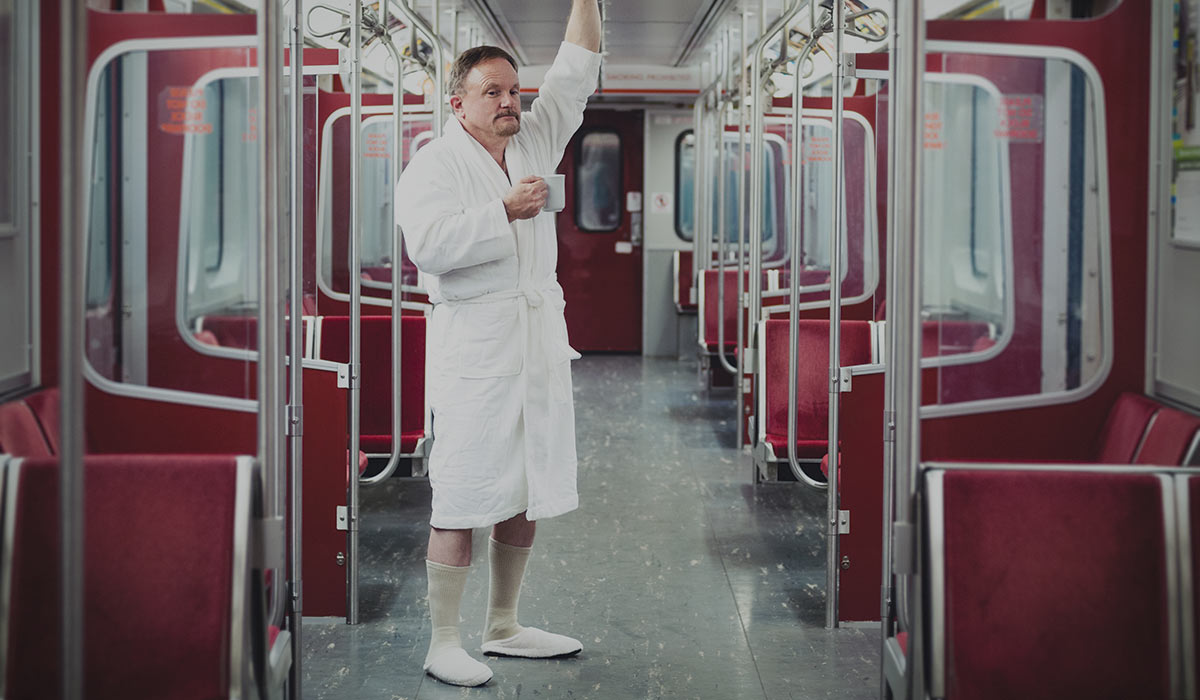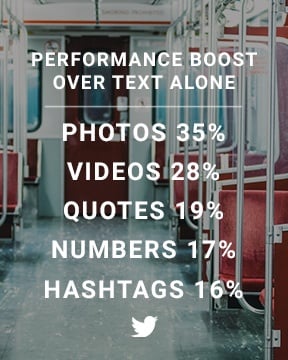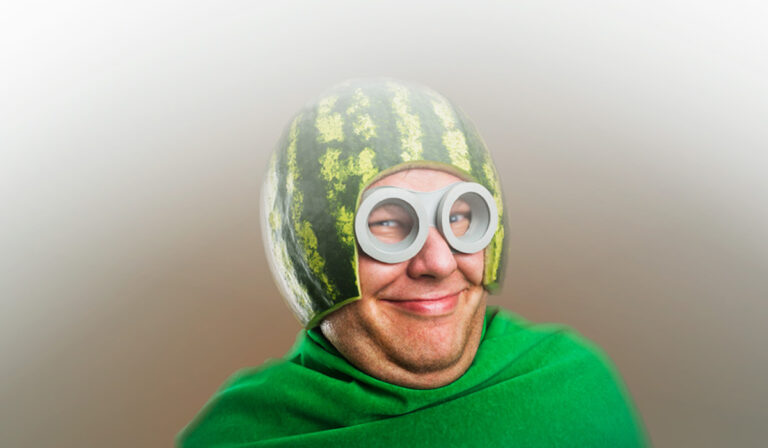11 Tips for Pairing Images with Blog Posts
Most business owners and a few of us online marketers as well – who are concerned about search engine optimization and inbound lead generation – will obsess over the titles, keywords, and internal links used in their blog posts And yet, many never stop to think about a critical conversion element that immediately draws attention and sets the mood: the image that accompanies the post itself.

While I wouldn’t argue that the image you feature – or pair – with your blog post is the most important piece of your content, I do think it’s a critical factor when it comes to attracting viewers and generating interest. It’s certainly not a part of the publishing process you want to overlook.
How can you find or create the perfect image to go with your blog? Here are my top tips for choosing and selecting blog visuals…
1. Write with Images in Mind
If you frequently find yourself feeling stuck when trying to pair images with the finished blog post, then start earlier in the blogging process. Imagine visuals that might work with the titles, headlines, and bullet points you’re putting together. Often, the perfect inspiration will show up and make it easier for you to keep writing.
2. Emphasize Bright Colours
In a lot of ways, technology is evolving faster than our human brains are. All of us are naturally attracted to bright colours, human faces, and unusual shapes. If you can look for photos or images with those traits, you’ll probably find something you can use to help your blog post stand out.
3. Open Your Wallet
While there are lots of free and creative images available for anyone to use, lots of people are going to be using them. In other words, they may not help you distinguish yourself from other bloggers and marketers. Besides, the perfect image is like the perfect clothing accessory – it helps bring a lot of different pieces and elements together. That’s worth spending a few dollars on.
4. Separate “Stock” From Boring
There’s a big difference between an image that’s available for sale and one that just screams “fake stock photo.” One way to find the gems you’re looking for is to go past the first few pages of results for any particular keyword. Most people are too lazy to do that, so they miss out on the very best images out there. When selecting stock imagery, watch for images with a single focal point, ones that are part of a series, or ones that tell a story.
Watch for images with a single focal point, ones that are part of a series, or ones that tell a story.
5. Keep Things Clean
Ideally, you’ll want readers to not only view your blog posts, but to comment on them and share them with others. They are much less likely to do that if the associated image seems to be risqué or inappropriate. When in doubt, keep things completely clean. That’s good for your brand, and could help you get more activity after you’ve posted your content.

6. Get Your Own Images to Use
Although most marketers rely on stock images to fill their blog posts (I use them a lot), there’s no rule that says you have to buy great visuals. You could hire a professional photographer to shoot you, your team, your products, and your location. Or, you could get good with your iPhone. You may even consider purchasing stock photos and altering or “photoshopping” them on your own. Each of these can be a great way to get custom pictures that wouldn’t be available anywhere else.
7. Leave the Camera Behind
If you are willing to take an even wider view of things, there’s no reason your blog images have to be photos at all. Drawings, animations, and videos can all make for great accompanying visuals. Plus, because most marketers don’t use them, they can introduce a little bit of novelty into your content marketing.
8. Use Visual Information
In the same way, graphs, charts, and infographics can be used to add a bit of flair to blog posts while simultaneously getting readers to notice important facts. Plus, they are easy to share and can lead other viewers back to your original idea. They take more time to create, of course, but if you can support some of your best posts with visual information, it’s probably worth it.
9. Try Screen Grabs
Screen grabs can help you explain complex processes, guide viewers step-by-step through a procedure, or even show a before-and-after relationship between two ideas. Or, they can just help you illustrate something you’ve encountered on your own. In any case, they make for fast and easy visuals you can use right away.
10. Pay Attention to Image Placement
How you use your blog visuals is almost as important as which ones you choose. In my experience, right justification for smaller inset images usually works better than left because of the way text wraps around it. Or, if you have big images and the right blog design, you might consider centering your visual near the top of the page and again in the middle section(s) as I’ve done in this post. These visuals help pull the reader through longer posts.
11. Don’t Forget Titles and Alt Tags
It goes without saying that you want to get every advantage you can when it comes to search engine visibility. Make it easier for Google to understand your visuals by giving them all image “alt” tags and titles that use important search phrases. These little steps make it more likely readers will find your content… and the great images you have paired it with.
The perfect picture complements your written content, helps your post stand out, and sets the tone for your ideas. That all adds up to more clicks, more engaged readers, and longer page views. So, don’t overlook the power of visuals when putting together your blog posts. What you say in images matters more than you might think.
Ask us about helping you create amazing images for your blog posts.








